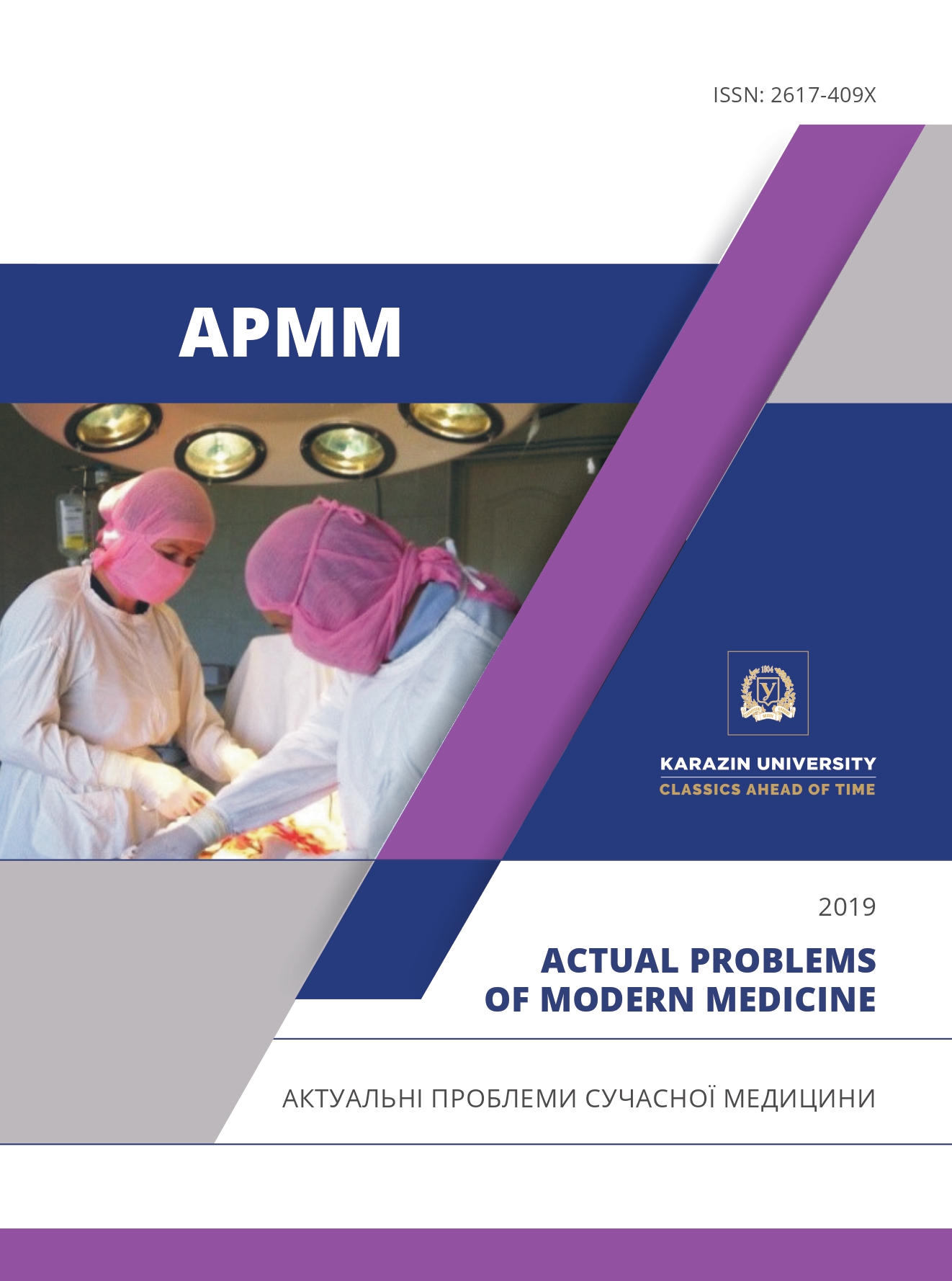Medical-social risk factors of cervical cancer development among women of reproductive age
Abstract
Cervical cancer is one of the widespread diseases that have a negative impact on the reproductive health. However, medical-social risk factors which provoke this pathology aren't studied sufficiently yet.
We have identified the most significant medical-social risk factors of cervical cancer's development and progression based on data analysis of a sociological study.
Thus, it was found that cervical cancer can't be associated with predominantly late reproductive age of women in conditions of the Republic of Belarus: most of the patients with this pathology (more than 53%) were under the age of 35 years old.
The group of patients suffered from cervical cancer was quite homogeneous in their social status, which was average and relatively stable in a large majority of them (more than 90%), despite employment in various sectors of the national economy.
Social functioning of these patients wasn't significantly different from the main population of women in reproductive age. Thus, early sexual activity and random early sexual relations weren't characteristic for the majority of them: 86.1±4.46% (the control group – 87.3±5.51%, the comparison group – 78.2±3.96%) and 83.5±4.72% (the control group – 89.1±4.28%, the comparison group – 75.2±2.36%). Moreover, the married patients of the main group had the most ordered sexual behavior (p<0.01; tau=0.572) which determined the low prevalence of artificial abortions among them, including menstrual cycle regulation (less than 8%).
However, the revealed different defects of health-saving behavior in the main group of patients (more than 70%), including an insufficient level of valeological knowledge, the presence of common harmful habits and low medical activity, indicate that there are significant reserves for improvement of the preventive activities of medical stuff in the field of primary medical care for the development of a healthy lifestyle among female population of reproductive age and providing clinical examination among this contingent of females in reproductive age with the purpose of cervical cancer prevention.
Downloads
References
Liskovich, V.А., Snezhitskij V.А., Bogdan E.L., Naumov I.A. (2014) Clinical management. Grodno: Grodno State Medical University. 2(1). [in Russian]
Bray, F., Ferlay J., Soerjomataram I., Siegel R.L., Torre L.A., Jemal A. Global cancer statistics 2018: GLOBOCAN estimates of incidence and mortality worldwide for 36 cancers in 185 countries // CA: A Cancer Journal for Clinicians. 2018. 68(6). P. 394–424.
Small, W. Jr., Bacon M.A., Bajaj A., Chuang L.T., Fisher B.J., Harkenrider M.M., Jhingran A., Kitchener H.C., Mileshkin L.R., Viswanathan A.N., Gaffney D.K. Cervical cancer: a global health crisis // Cancer. 2017. 123(13). P. 2404–2412.
Alemany, L., de Sanjos S., Tous S., Quint W., Vallejos C., Shin H.-R., Bravo L.E., Alonso P., Lima M.A., Guimera N., Klaustermeier J.E., Llombart-Bosch A., Kasamatsu E., Tatti S.A., Felix A., Molina C., Velasco J., Lloveras B., Clavero O., Lerma E., Laco J., Bravo I.G., Guarch R., Pelayo A., Ordi J., Andujar M., Sanchez G.I., Castellsague1 X., Munoz N., Bosch F.X.. Time trends of human papillomavirus types in invasive cervical cancer, from 1940 to 2007 // International Journal of Cancer. 2014. 135 (1). P. 88–95.
Ghebre, R.G., Grover S., Xu M.J., Chuang L.T., Simonds H. Cervical cancer control in HIV-infected women: Past, present and future // Gynecologic Oncology Reports. 2017. 21. P. 101–108.
Denny, L. Control of cancer of the cervix in low- and middle-income countries // Annals of Surgical Oncology. 2015. 22(3). P. 728–733.
Ronco, G., Dillner J., Elfström K.M., Tunesi S., Snijders P.J., Arbyn M., Kitchener H., Segnan N., Gilham C., Giorgi-Rossi P., Berkhof J., Peto J., Meijer C.J. Efficacy of HPV-based screening for prevention of invasive cervical cancer: follow-up of four European randomised controlled trials // Lancet. 2014. 9916(383). P. 524–532.
Andriyanov, S.V., Chernyishkova E.V. (2017) Socio-demographic profile of the Russian surgeon. Bulletin of the Medical Institute "REAVIZ: Rehabilitation, Doctor and Health. 2 (26). P. 114–118. [in Russian]
Lisok, E.S., Naumov I.A. (2017) Newly diagnosed morbidity of females obstetrics and gynecological doctors of reproductive age. Modern problems of hygiene, radiation and environmental medicine. 7. P. 72–86. [in Russian]
Babaeva, B.N., Kim N.G., Esimova D.G., Suhanberdiev K.A., Tihonova L.S., Imanova Zh.A. (2018) Multiprofile patronage based on the integration of primary health care, social welfare services, public health, including medical and social rehabilitation: guidelines for implementation in primary health care organizations. Astana: National Center for Health Development. [in Russian]
National program “People’s Health and Demographic Security of the Republic of Belarus” for 2016–2020 [Electronic resource] // Access mode: http://www.pravo.by/world_of_law/text.asp?RN=P31100357. – Access date: 28.09.2017. [in Russian]
Brilenok, N.B. (2016) Healthy lifestyle and social risks. News of Saratov University. New series. Philosophy. Psychology. Pedagogy.16(2). – P. 135–139. [in Russian]
Potapov, S.O., Sharafutdinov M.A., Sultanov R.Z. (2016) Clinical examination of patients with cancer in the polyclinic. Bulletin of the RUDN University. 2. – P. 146–156. [in Russian]




